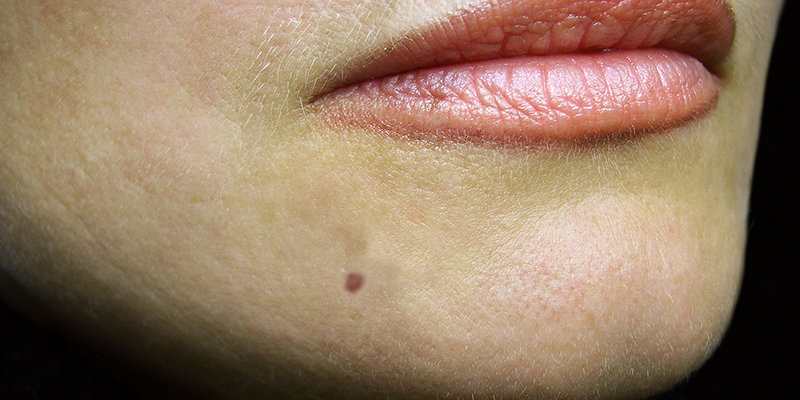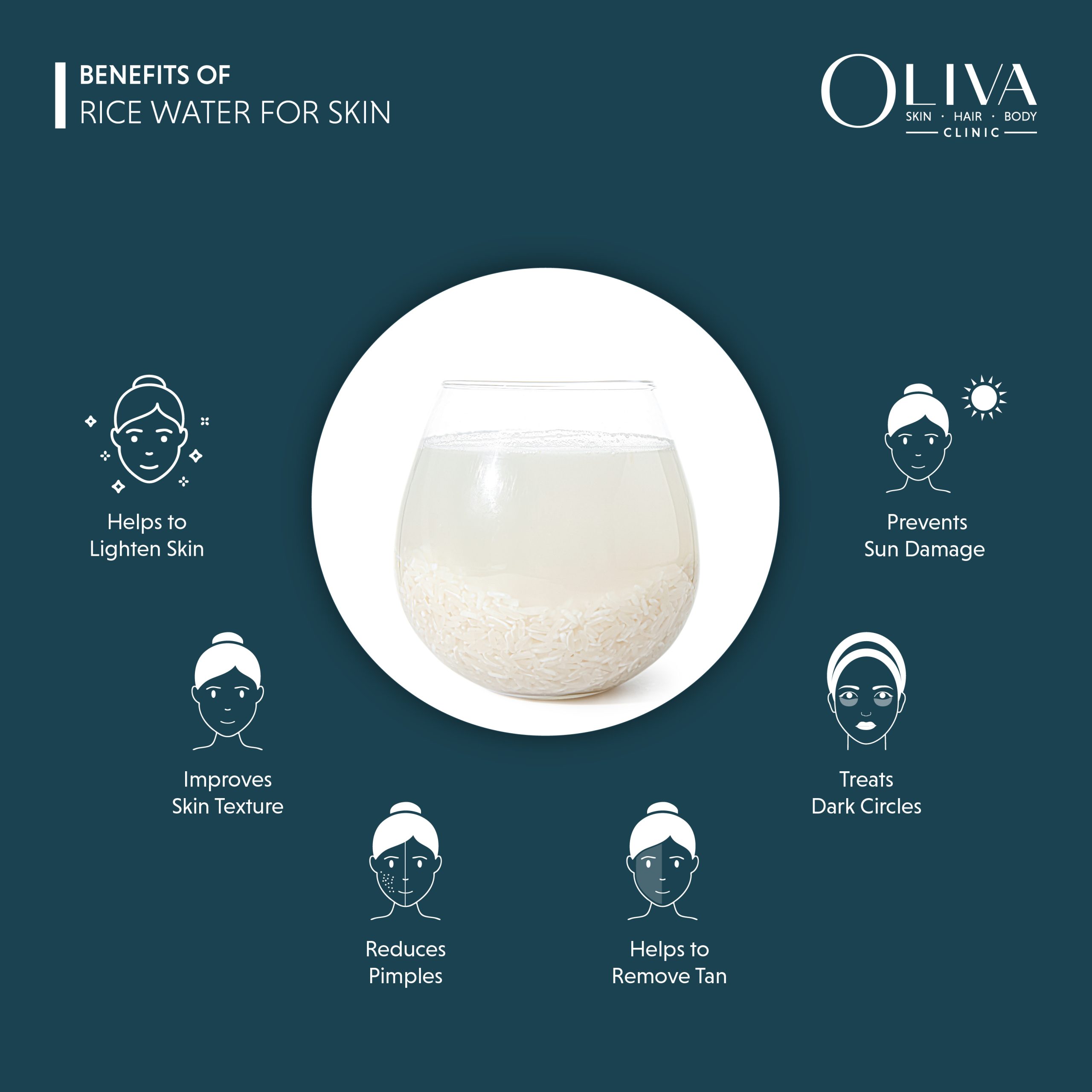How To Get Rid Of Black Spots On Legs And Feet?

Do you find dark spots to be a dampener when you wish to wear an outfit that would help you flaunt your legs? These black or brown spots or even patches on legs are becoming a common complaint among men and women. Are you aware that evidence-based treatments to remove these dark spots from your legs, feet and ankles are available? Read on to know more about them.
Causes Of Dark Spots On Legs And Feet
Black spots on legs are primarily a result of excess melanin. Ageing, sun exposure, and some other factors can influence the melanin production in the skin on the legs and feet. Here are some of the most common causes of black marks on legs –
- Discolouration on the legs is mostly related to ageing. Too often, age spots develop into dark and black patches on legs, feet, and ankles. Getting these spots after the age of 50 is normal.
- Our genes can also cause dark spots on the legs and toes. If genetic disorder associated with freckles runs in your family, then the chances are high that you may develop dark patches or spots on the legs and other areas of the body.
- Extensive sun exposure can also lead to black or brown spots on feet, thighs, and lower legs as ultraviolet rays of the sun increase melanin production in the skin.
- Scratching an itch or skin inflammation can affect the natural healing of your skin and trigger hyperpigmentation causing black marks on legs.
- Seborrhoeic keratosis and moles can also present as spots on your legs and toes.
- Folliculitis, bacterial or fungal infections, trauma, waxing in women, mosquito bite in children may cause dark spots on legs.
- Due to prolonged standing, varicose veins andchronic diabetes can cause stagnation of blood in the lower limbs and cause darkening of the skin on feet, ankles and lower part of the legs.
- A severe skin condition, side effects of medicines, and dehydration are also other common causes for black spots on thighs, feet, ankle, and toes.
How To Remove Dark Spots On Legs?
Proper diagnosis of the underlying cause can help you select the appropriate treatment of dark spots on legs. Here are the modalities your dermatologist may recommend as a standalone or combination treatment to help you get rid of these spots effectively–
- Chemical Peel: A chemical peel is one of the most recommended treatments for dark spots on legs. Dermatologists use plant-based extracts containing alpha-hydroxy acids for topical application to the affected area. The peel used may be light, medium or deep based on the concentration of the solution and the duration of application. The peel helps in controlled exfoliation of the top layer of skin, thereby reducing the black spots and allowing the newer and lighter cells to grow. Your doctor might recommend a few sessions of chemical peel treatments at regular intervals to remove the black marks on your legs.
- Laser Treatment: During this advanced aesthetic procedure, dermatologists use a focused beam of light (laser) to target the pigmented area of the skin. This eliminates the excessive melanocytes causing the black spots on the thighs, lower legs, knees, and feet. Your doctor may recommend a few sessions of treatment depending on the severity of hyperpigmentation.
An added advantage with laser treatment is that it can target deeper pigmentation. Different laser treatments are available in India to remove black marks on legs effectively. Consult an experienced dermatologist to know which laser technology will suit you best.
- Microneedling: Doctors use a medical-grade roller with microneedles to create controlled micro-injuries on the upper layer of the skin. This boosts the production of collagen that heals the skin automatically and eliminates pigmentation as well. Mostly, dermatologists perform three to four sessions to remove spots from legs and get a smoother and evenly toned skin.
- Microdermabrasion: If you don’t have severe dark spots on legs, then you can also go for a microdermabrasion treatment. This technique involves the use of special tools to exfoliate the dead cells and the top layer of hyperpigmented skin. As a result, brown spots on lower legs, knees and feet may lighten. However, this method does not eradicate black spots on legs.
- Radiofrequency: Doctors treat conditions like seborrheic keratoses on legs by using advanced electrocautery, or radiofrequency technology wherein heat energy helps destroy the hyperpigmented tissue followed by scabbing and healing.
- Medications: There are several oral and topical medicines to remove dark spots on legs, but their efficacy may vary. Before using any skin lightening medication, consult with a dermatologist to ensure you are using a drug that is safe as well as effective.
- Topical Treatment For Dark Ankles: Black ankles or pigmented ankles are very common. Medical treatment for it often involves using prescribed topical creams to lighten the pigmentation. Your doctor may combine it with chemical peels or laser treatment to achieve optimal results.
- Oral Medication For Legs, Feet, And Ankles: Sometimes, black spots on feet or other areas of the leg such as thighs, ankle, knee, and toes may develop due to an infection. In such cases, appropriate treatment is mandatory at the earliest. Correctly diagnosing the underlying cause and using the prescribed oral medication is necessary to stop the infection from spreading. Depending on the type of infection, your dermatologist may prescribe antibacterial, antifungal or antiviral medicines.
How To Prevent Black Spots On Legs?
While you can go for treatments to remove dark spots on legs, it is always better to prevent them as far as possible. Make sure that you don’t get black spots on legs in the future by following these simple suggestions –
- Avoid scratching moles, wounds or any other kind of inflammation to prevent dark spots on legs. This can tamper with your body’s natural healing and cause
- Prevent extensive exposure to the sun and always apply sunscreen before heading out.
- If you are outdoors for a long duration, then you can consider washing your skin and reapplying the sunscreen after every two to three hours.
- Moisturise your skin at least twice a day to keep it hydrated and maintain the skin’s natural barrier.
- Use a gentle scrub for exfoliation once a week to keep your skin healthy and clean.
- Avoid using too many chemical-based skin products that might cause unwanted side effects related to pigmentation.
- Consult a doctor to find out an appropriate treatment if you have a positive family history of the condition.
Take Away
Now, you know how doctors can safely treat dark spots on legs, feet, and ankles so that you can get smooth and even-toned skin. There are medically proven and result-oriented treatments available at reputed skin clinics for black spots on the leg skin that you can explore further. Visit an experienced dermatologist today and find out about a suitable treatment in detail.








